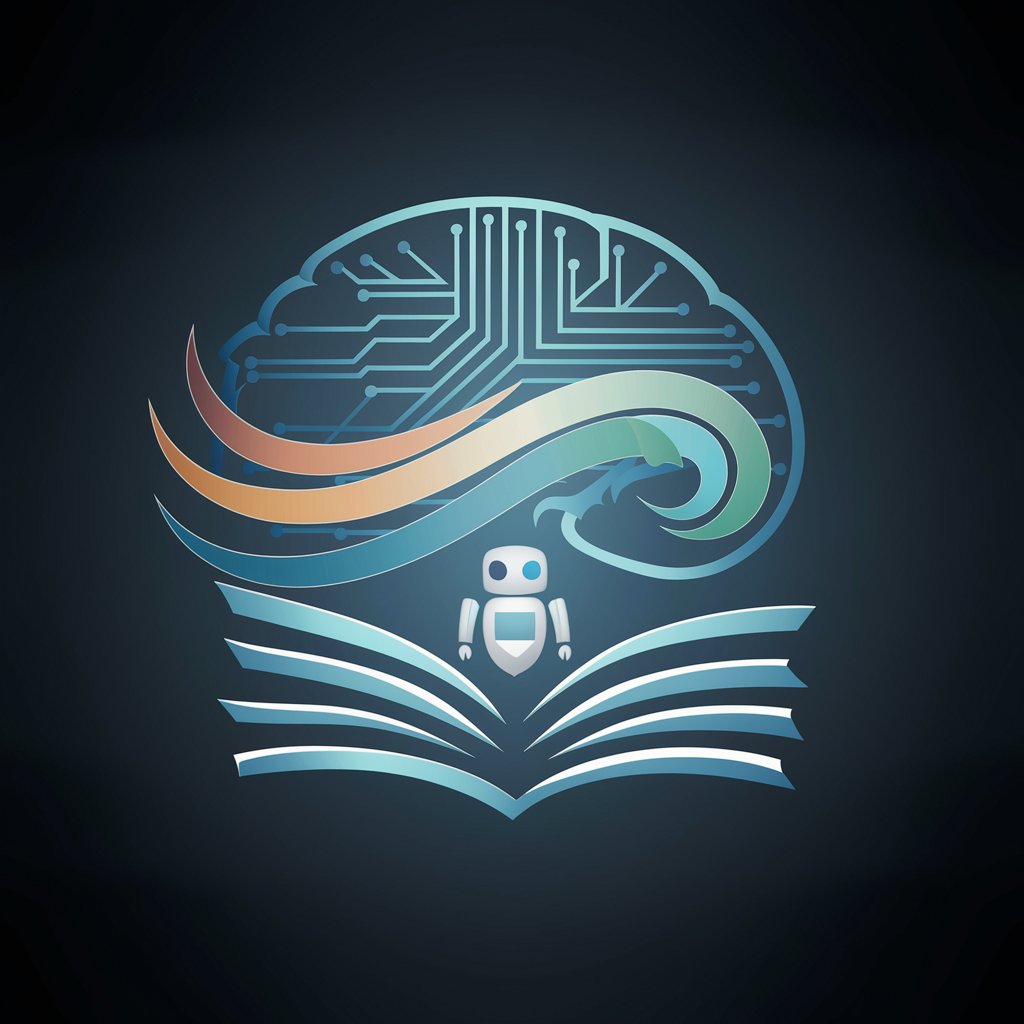Academic article Summery - academic article summarizer tool

AI-powered academic article summarization.
Get Embed Code
Introduction to Academic Article Summary
Academic Article Summary is a tool designed to provide comprehensive and structured summaries of academic papers. It is aimed at enhancing the efficiency of academic research by distilling the key points, findings, and insights from scholarly articles into a more digestible format. The tool functions by analyzing the content of an uploaded academic paper, identifying critical information such as the title, author, reference, abstract, and key learning points, including any new insights presented in the article. For example, when a user uploads a research paper, Academic Article Summary extracts the article's core themes, and provides a structured overview that allows the user to quickly grasp the main contributions of the study, without needing to read the entire document. This function can be especially useful for researchers, students, and professionals who need to process large volumes of academic literature in a limited time frame. Powered by ChatGPT-4o。

Main Functions of Academic Article Summary
Summarizing Research Articles
Example
A researcher uploads a 30-page article on climate change and receives a concise summary that includes the article’s title, author, reference, and key findings such as new data on carbon emissions.
Scenario
Researchers and students who need to quickly determine if an article is relevant to their work without reading the entire paper. The summary helps them assess the content and decide whether to delve deeper.
Highlighting Key Learning Points
Example
A PhD student uploads a complex medical journal and receives highlighted key learning points such as experimental outcomes and implications on page 12 of the original text.
Scenario
Ideal for students preparing for exams or researchers who need to focus on the critical aspects of an article for literature reviews, saving time by focusing on essential information like conclusions or pivotal data points.
Extracting New Insights
Example
An economics researcher uploads a study about market fluctuations and receives an analysis identifying new insights such as emerging patterns in global markets that were not well-covered in prior literature.
Scenario
This function is particularly useful for researchers who are exploring the frontier of their field and looking for the latest contributions or findings in the literature. They can quickly spot gaps or novel theories to further investigate.
Providing Structured References
Example
A student uploads multiple articles related to a literature review on renewable energy. The tool provides structured references in the Harvard style, allowing the student to compile a bibliography efficiently.
Scenario
Useful for researchers and students working on theses, dissertations, or articles where accurate citations are essential. This function ensures they have properly formatted references without needing to manually extract them from the article.
Abstract Summarization
Example
A university professor uploads a dense physics paper and receives a simplified abstract summary, reducing the jargon and making it easier to communicate the essence of the paper to a broader audience.
Scenario
This function is useful for non-specialists or early-career researchers who may need to understand complex papers outside of their expertise. It also helps academic peers to quickly grasp the contributions of a colleague’s work.
Ideal Users of Academic Article Summary
Researchers
Researchers benefit from Academic Article Summary by receiving precise summaries and insights from papers in their field, helping them manage the vast amount of literature they need to review. This tool saves them time by allowing them to quickly identify whether an article is relevant to their research, whether they are writing a literature review or looking for new findings to build on.
Graduate Students
Graduate students, especially those working on their theses or dissertations, can use this service to efficiently summarize key articles in their research area. The tool’s ability to highlight learning points and provide structured references is particularly useful for students managing multiple sources for a large research project.
Academics and Professors
Academics and professors who are involved in interdisciplinary research can use the tool to quickly grasp the essentials of studies outside their immediate expertise. The abstract summaries are especially valuable in helping them stay current with literature in adjacent fields or in preparing for lectures.
Library and Research Staff
Academic librarians and research staff responsible for curating and recommending literature for various departments can use this tool to create concise summaries for new acquisitions, research collections, or reading lists. It helps them organize academic resources in a way that is more accessible to their patrons.
Journalists and Science Communicators
Journalists and science communicators who need to report on complex academic studies can benefit from receiving simplified and structured summaries. This helps them convey intricate research findings to a broader audience without needing to navigate through technical jargon or lengthy studies.

How to Use Academic Article Summary
1
Visit yeschat.ai for a free trial without login, no need for ChatGPT Plus.
2
Upload your academic article in PDF or text format to the platform for analysis.
3
The AI processes the document and extracts key sections, including the abstract, key learning points, and new insights.
4
Review the generated summary, which will include a Harvard-style reference, outline, and major takeaways.
5
Download or copy the summary for use in your research or academic writing projects.
Try other advanced and practical GPTs
Virtual Auctioneer
AI-powered Valuation Expertise at Your Fingertips

Autism Social Story Generator
Crafting Visual Stories for Autism Support

Autism culture hang out
Empowering Autism with AI

Autism Parenting Support
Empowering Autism Families with AI

Autism Awareness Ally
Empowering autism understanding through AI

.ai Domain Name Registration Consultant
Empowering your AI ventures with the perfect domain

Guardian
AI-Powered Cybersecurity Insights

Frugal Chef Bot
AI-powered Culinary Guidance

Ambiguous Advisor
Strategize, Persuade, Achieve

Mystic Oracle
Navigate life's mysteries with AI-powered insights.

Nuptial Innovator
Tailoring Your Unique Wedding Journey

ImageAssistant
Bringing your ideas to life with AI.

Common Questions about Academic Article Summary
What file types can I upload?
You can upload academic articles in PDF or text format. The tool will process these formats to extract key content and generate a summary.
How does the AI identify key learning points?
The AI scans the article, focusing on structured sections like the abstract, introduction, conclusion, and in-text headings. It then extracts important arguments, findings, and discussions to summarize the main learning points.
Can this tool handle large academic papers?
Yes, the tool is designed to process articles of various lengths, from short papers to comprehensive studies. However, it performs optimally with documents under 10,000 words for faster processing.
Is the summary generated in a specific citation format?
Yes, the summary includes a reference formatted in the Harvard style, but you can manually adjust this citation to match other formats like APA or MLA if needed.
What makes this tool useful for academic research?
The tool helps researchers save time by automating the extraction of essential points, enabling quicker literature reviews and more efficient study of complex papers. It also offers a clear outline, making it easier to grasp the article's core arguments.
